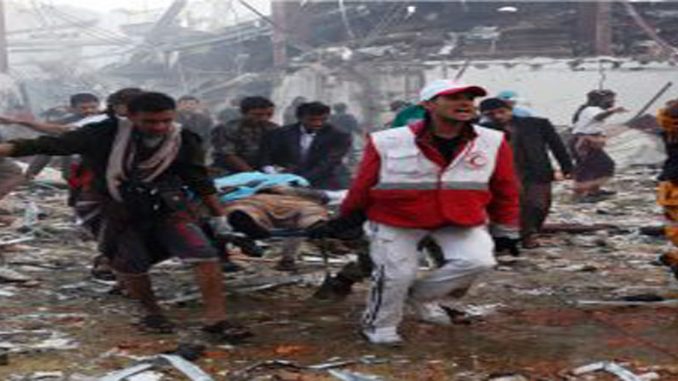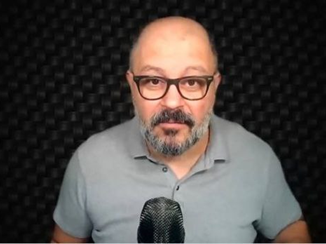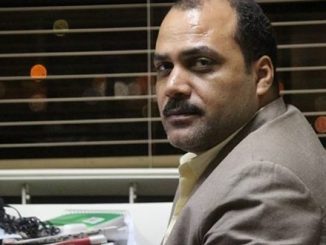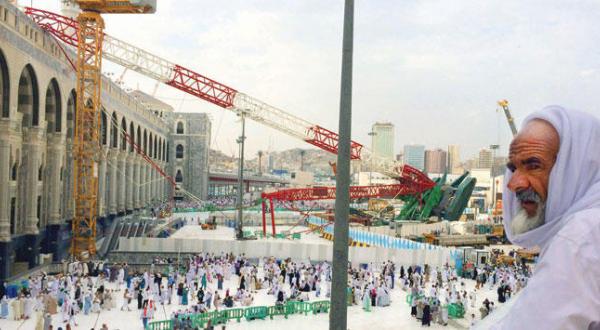
Armed Conflict Location and Event Data project reports more than 20,000 deaths in 2019 alone
More than 100,000 people have died as a result of the war in Yemen, according to an explosive new report by an American NGO.
Based on data collected from a variety of sources, including the United Nations, the Armed Conflict Location and Event Data project (ACLED) said the death toll from the four-year-long war was considerably higher than most previous estimates.
Out of the over 100,000 people estimated to have been killed since a Saudi-led coalition intervened in Yemen’s war in 2015 against the Houthi movement, at least 12,000 civilians were killed in direct attacks, the ACLED said.
Already, 2019 has so far been the second deadliest year of the conflict, with more than 20,000 deaths reported. By 2020, ACLED estimated that 102,000 will have been killed as a direct result of violence.
The Saudi-led coalition first intervened in Yemen in March 2015 after Houthi rebels seized control of the capital Sanaa and began closing in on Aden, prompting President Abd Rabbuh Mansour Hadi to flee to Riyadh.
The fighting has driven million to the brink of famine in what has been deemed the world’s worst humanitarian crisis by the UN.
According to ACLED, Saudi Arabia and its allies have been responsible for the vast majority of civilian casualties in Yemen.
The report said around 67 percent of all reported civilian fatalities have been caused by coalition airstrikes, with over 8,000 killed in direct targeting.
As part of a deal agreed earlier in the year seeking to end the conflict, the Houthis have offered to halt all attacks on Saudi Arabia.
The offer came after the rebel group, which is supported by Iran, claimed responsibility for attacks on 14 September against two key Saudi oil installations that temporarily knocked out half of the OPEC giant’s production.
Despite the Houthis’ admitting responsibility, Riyadh and Washington have blamed Iran for the attacks, a charge denied by Tehran.
There was also a tentative peace deal agreed last week between Saudi Arabia and southern separatists.
The separatist Southern Transitional Council (STC), which is backed by the UAE and has fought the Houthis, has come into conflict with the Saudi-backed Yemeni government in recent months, taking control of the city of Aden in August.
South Yemen was an independent country before being forcibly unified in 1990, and the STC has expressed a desire for independence again.
The new deal would see the STC handed a number of ministries and the Hadi government returned to Aden, according to reports.
Fragile Peace Deal in Yemen bet. KSA and UAE
Yemen ‘peace’ deal is a fragile truce between the Kingdom of Saudi Arabia and the United Arab Emirates, says Jonathan Fenton-Harvy in a report in Middle East Eye, concluding that in order to establish real peace and stability in Yemen, international actors should curtail the involvement of Riyadh and Abu Dhabi.
A Saudi-brokered deal to merge the Yemeni government of Abd Rabbuh Mansour Hadi and the separatist Southern Transitional Council (STC) into a unity regime has raised hopes that peace in the war-torn country is on the horizon, Fenton-Harvy continues his report.
Yet this “deal” is really an opportunity for external powers to shore up their own influence in the country, given that the two Yemeni factions have received divergent support from Saudi Arabia and the UAE respectively.
The STC launched a coup in Aden in August, seizing the temporary southern capital from government control. STC-aligned forces then took on government forces in other southern provinces, sparking what was thought to be a new episode in Yemen’s war. Its militias gradually advanced across the south amid extensive Emirati support.
Yet, determined to preserve their own strategic regional alliance, Riyadh and Abu Dhabi have pushed for unity between these rival factions. The UAE again withdrew some forces after Saudi troops arrived in Aden earlier this month to reclaim the city.
Though this has alleviated Saudi-UAE divisions over Yemen, in pursuit of its own geopolitical ambitions, Riyadh has temporarily regained an upper hand. It has re-empowered its favoured political actor, Hadi, while securing ties with the increasingly prominent STC, which attended the peace talks in Riyadh.
Meanwhile, Abu Dhabi must contend with Hadi’s presence, which it had tried to undermine with its secessionist ambitions.
Rather than seeking to improve Yemen’s stability, Saudi Arabia supports Hadi – who is based in Riyadh – as he gives the kingdom legitimacy to intervene in the country’s politics.
This has been Riyadh’s long-term strategy in Yemen, rather than the official goal of fighting the Houthis.
Saudi Arabia has pursued a “soft power” strategy, politicising aid and investment to re-establish its traditional influence over its southern neighbour and make it dependent on Riyadh’s control. Its vehicle for this has been the Saudi Development and Reconstruction Program for Yemen, which is pursuing dozens of “development” projects across Hadi-controlled regions.
Yet, these measures are a tool for consolidating Riyadh’s own links to Yemen. Saudi Arabia had deliberately targeted Yemeni infrastructure, food sources, agricultural centres and marketplaces under Houthi control, to weaken the faction’s prominence. This shows that it does not prioritise a strong Yemeni state, but rather supports a weakened Yemen that it can easily control.
Though Hadi is the UN-recognised president, he is considered increasingly illegitimate throughout Yemeni society, particularly as he has been absent in Riyadh for more than four years. He has thus been unable to provide adequate security and services for Yemen. Saudi Arabia has still attempted to shore him up in the country, supporting his return to a parliamentary session in Sayun in April.
The STC coup initially threatened such influence, particularly as the group was primarily backed by the UAE. Had a deal not been brokered, the STC could have seized control of much of the south.
Now Saudi Arabia seeks to appease the STC, aiming to reunite the government and separatists against Riyadh’s primary adversary in Yemen, the Houthis. Yet this risks triggering a further backlash in an already devastated country. The unification deal ignores Yemen’s dire security and stability situation.
As the Houthis expanded in September 2014, seizing the capital Sanaa and partly claiming to oppose corruption and external interference in Yemen, this deal – to which they are not a party – could provoke further antagonism from the group, particularly as it was brokered in Riyadh.
Even though the Houthis reportedly supported a ceasefire in September, this deal could reignite another conflict, while it ostensibly seeks to halt the violence between the government and separatists.
Meanwhile, the STC has yet to renounce its calls for southern independence, viewing the deal as an opportunity to secure greater southern autonomy, particularly as its terms are vague. Saudi Arabia will have to contend with this. Riyadh would likely oppose the STC’s wish for more southern independence, as it could shore up the Houthis in the north.
Not paying heed to the STC’s wishes and imposing Hadi’s vision for the country could trigger another separatist backlash, as tensions persist between the two sides. The deal is therefore only a temporary solution, with Riyadh desperately aiming to avoid losing its influence in Yemen.
Saudi Arabia is playing a dangerous game. Yemen’s ministers of interior and transport survived an assassination attempt hours after the peace deal was finalised. While no one claimed responsibility, it shows there is still opposition to the Saudi-backed government of Hadi.
Thus, while Saudi Arabia is temporarily back in the driver’s seat, it will still face obstacles to its political goals in the country, including the UAE’s own interests.
While the peace deal and the empowerment of Hadi hinders Abu Dhabi’s ambitions, it could still use the STC to push for greater southern autonomy.
Having “withdrawn” from Yemen while later continuing its interventions, the UAE could still seek to impose its will on the south and control its strategic ports. For now, it is once again operating more pragmatically to preserve its “peacemaker” image and its alliance with Saudi Arabia. While this continues, there will still be subtle jostling between these two powers.
International actors should curtail the involvement of these two powers to establish real peace and stability in Yemen. Yemen’s vast humanitarian crisis remains a more urgent issue; the civilians are the real victims of such power struggles.



